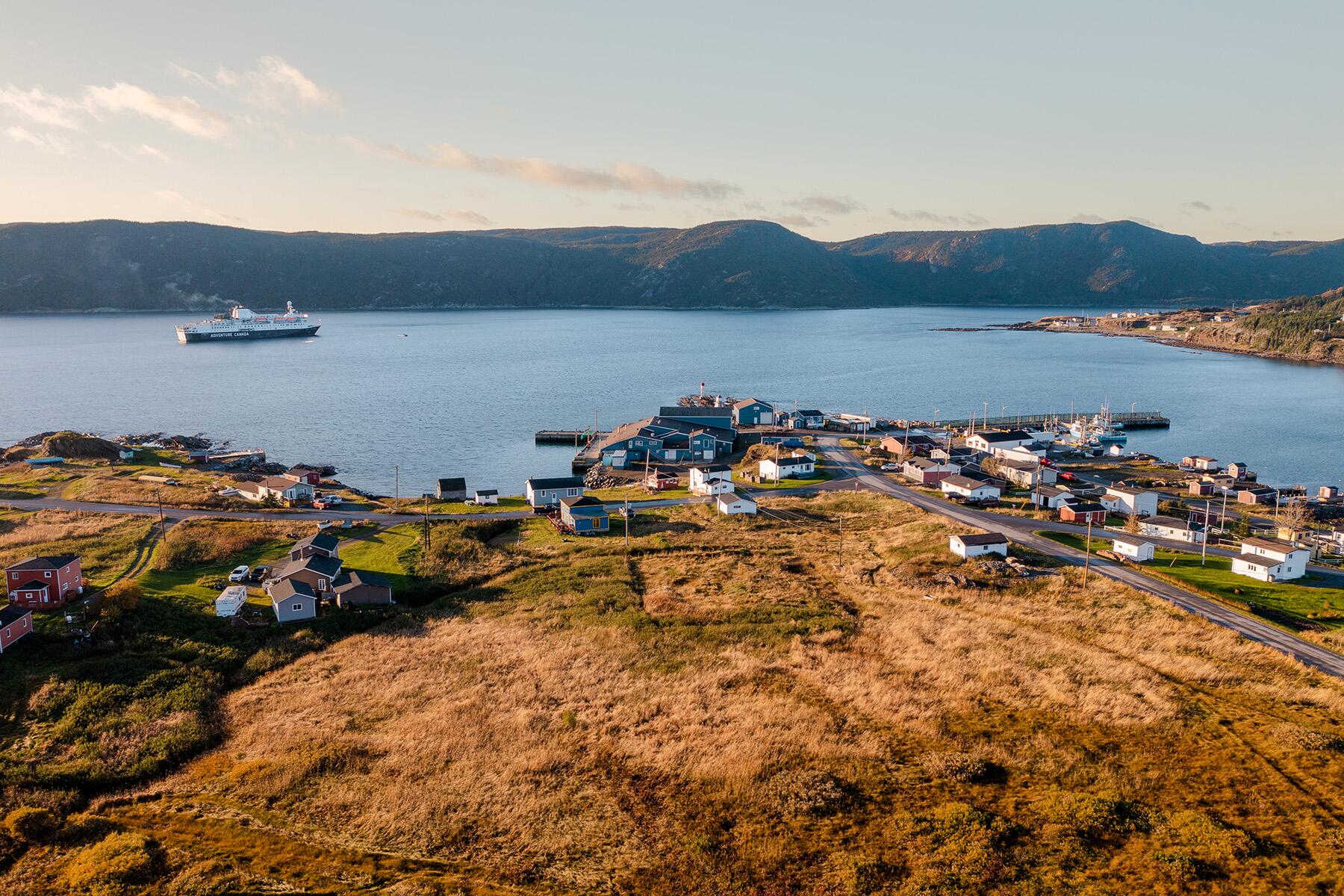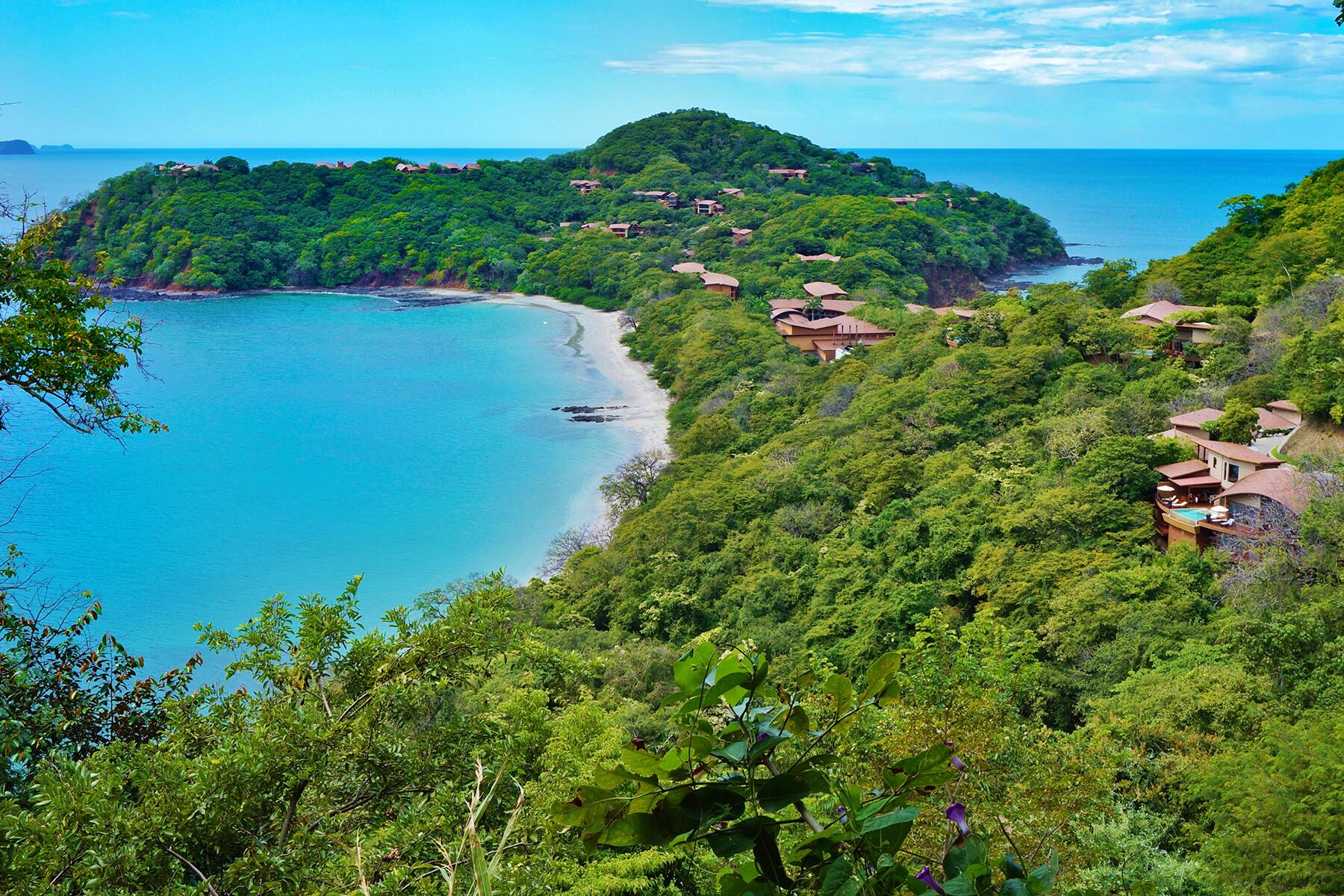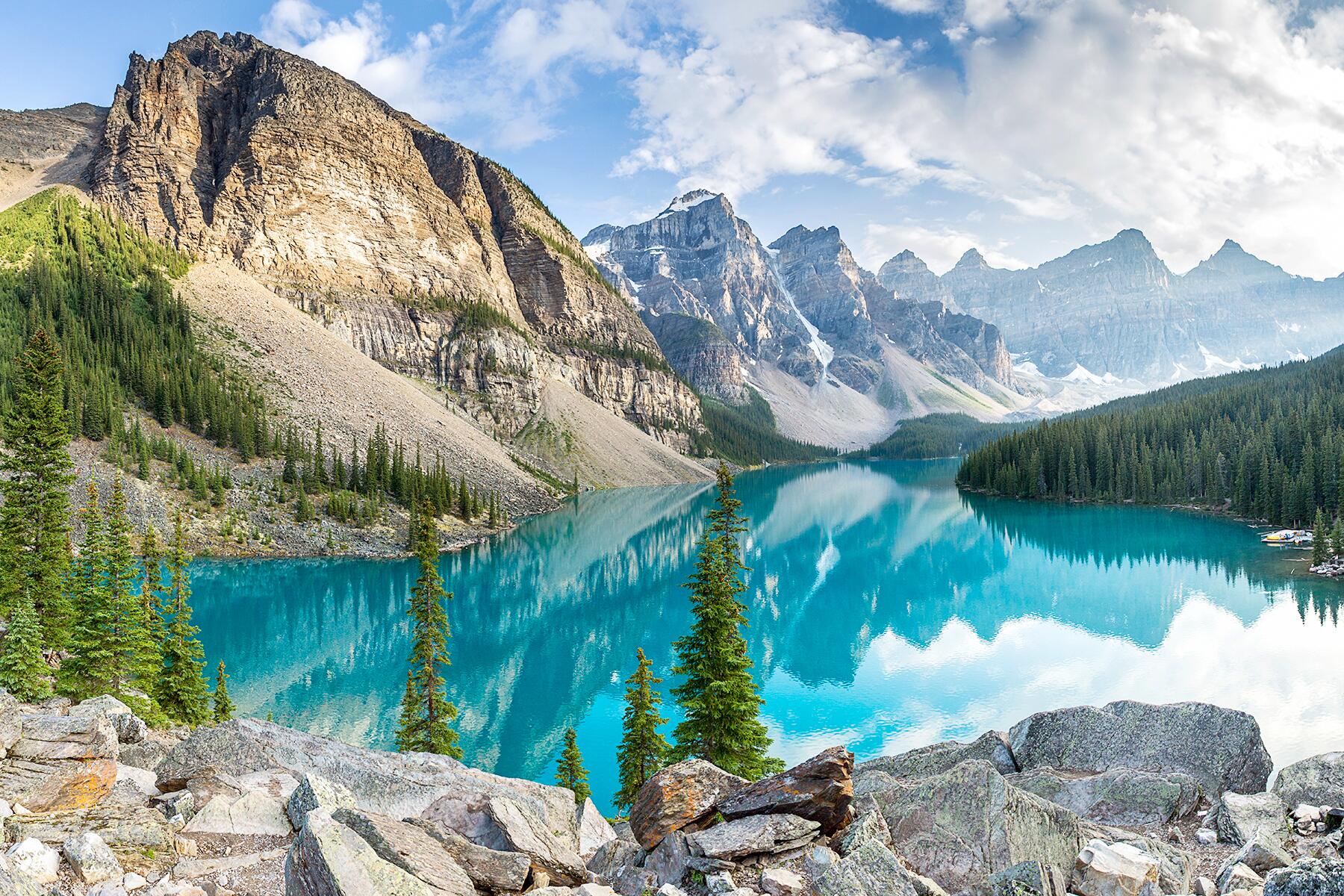Despite being the world’s second-largest country, how many of these Canadian natural wonders are you aware of?
Although its landmass covers over 3.85 million square miles, 80% of Canada’s population lives within 100 miles of the U.S. border. So, while most may know of Ontario’s Niagara Falls and the Rockies in Alberta, it’s probably fair to say that many areas, like Nunavut and the Northwest Territories, may be something of a mystery to many. Yet, they’re home to some of the world’s most sublime landscapes, that perhaps deserve more international recognition.
Moraine Lake
WHERE: Alberta
Even if you didn’t know its name, you’ve probably seen Moraine Lake before. And when you visit this famous spot in Alberta’s Rocky Mountains, you’ll understand why its majestic setting seems to have seeped into the world’s idea of what a stunning alpine landscape should look like.
Though that means it attracts a lot of tourists, there’s no denying the splendor of the calm turquoise lake, flanked by handsome green pines and backdropped by the glistening summits of the Ten Peaks mountains.
Niagara Falls
WHERE: Ontario
With visitor numbers reaching an eye-watering 12 million in a typical year, it’s no surprise that Niagara Falls is the most well-known of all Canada’s natural wonders. But just because they’re popular doesn’t mean they should be dismissed. At 167 feet high and 2,700 feet wide, seeing the dramatic power of the Horseshoe Falls is something that can only be appreciated in person.
Get caught in the mist up-close by taking a boat tour on the famous Hornblower Niagara Cruises.
Recommended Fodor’s Video
Nahanni National Park Reserve
WHERE: Northwest Territories
Encompassing 30,000 square kilometers of sweeping wilderness along the western edge of the Northwest Territories, Nahanni National Park Reserve is a designated UNESCO World Heritage site and home to vast canyons, huge waterfalls, and an amazing amount of wildlife. In fact, the thunderous Virginia Falls are more than twice the height of Niagara Falls and have a unique look thanks to the separating presence of Mason’s Rock.
Iconic Canadian mammals you might see on a visit here include moose, black bears, and beavers.
Percé Rock
WHERE: Quebec
One of the world’s largest natural arches over water, the remarkable formation of Percé Rock is one of the most notable sights of Quebec’s Gaspé Peninsula. At its highest point—1,421 feet long and 289 feet high—its huge limestone shape is located in the Gulf of Saint Lawrence and contains around 150 different fossil species.
L’Obélisque, the immense limestone pillar standing at the far end of the rock, was formed when an arch collapsed in 1845.
Lake Louise
WHERE: Alberta
If you were to choose a hotel room to wake up in and admire the view outside, there would be few better to choose than a window at the Fairmont Chateau Lake Louise in the Albertan Rockies. The old hotel is a splendid sight by itself, but the turquoise lake symmetrically flanked by rising pines and soaring mountains is a true spectacle to behold.
Don’t think about going for a swim though—thanks to the glacial melt, the water is either frozen or freezing at all times.
Baffin Island
WHERE: Nunavut
The fifth-largest island in the world and covering an area larger than Great Britain and New Zealand combined, Baffin Island in the territory of Nunavut is a wild otherworldly landscape that few tourists see. Those intrepid travelers who do visit will find a remote and dramatic scenery featuring rugged mountains contrasting the flat lowlands, and coasts that start with sheer, icy cliff drops.
In the summer, walruses and beluga whales make appearances, while all year round you’ll see polar bears, caribou, and arctic foxes.
Northern Lights
WHERE: Yukon
Yes, Canada’s Great White North can be extremely cold in the winter months but on the other hand, it offers near-perfect unobstructed views of nature’s greatest light show. And there’s nowhere better to see the stunning northern lights than in the heart of the Yukon. Ideal viewing conditions consist of dark and clear nights (preferably moonless) with a magic window between 10 p.m. and 3 a.m.
It’s best to get out of the city for the finest views of the Aurora Borealis, so if you’re in the capital of Whitehorse then take the scenic route towards Fish Lake or Chadburn Lake Road.
Hopewell Rocks
WHERE: New Brunswick
Formed millions of years ago as a massive mountain range that’s since eroded, the Hopewell Rocks in the eastern province of New Brunswick are one of the most unique tidal formations in North America.
Located on the shores of the upper reaches of the Bay of Fundy, the tidal movement is drastic enough that, if timed right and during a low tide, one can walk the beach at the base of the stones.
Red Sand Beach
WHERE: Prince Edward Island
Canada’s smallest province is home to some of its most surprising shorelines. Thanks to its iron-rich soils, there are some 500 miles of distinctively red coastline running along Prince Edward Island.
For the most vivid photo opportunities, head to Thunder Cove beach on PEI’s northern coast for the quirky combination of red sands and some crazy red rock formations.
Gros Morne National Park
WHERE: Newfoundland
Layered with immense mountains, deep fjords, and green forests, Gros Morne National Park looks like a fantastic Lord of the Rings-esque movie setting. But this stunning cinematic landscape on the west coast of Newfoundland is very real and offers some of Canada’s most beautiful hiking trails.
Surrounded by steep rock walls 2,000 feet high, head to the Western Brook Pond for some of the most epic vistas.
Head-Smashed-In Buffalo Jump
WHERE: Alberta
Named a UNESCO World Heritage Site in 1981 for its testament of prehistoric life and the customs of aboriginal people, Head-Smashed-In Buffalo Jump was used as a buffalo jump by Indigenous peoples for nearly 6,000 years. The bison provided the people of the Great Plains with many of life’s requirements—meat for food, hides for clothing and shelter, and bone and horn for tools.
Located near the foothills of the Rocky Mountains in Alberta just west of Fort McLeod, the hill offers wonderful views of the sprawling plains with the hazy outlines of the distant mountains visible, too.
Haida Gwaii
WHERE: British Columbia
Known by some as the “Galapagos of the North,” the islands that form Haida Gwaii are something of a mystery to most travelers to Canada. Lying 60 miles off the coast of British Columbia, this temperate rainforest archipelago of 150 islands is home to vast forested mountainous landscapes, abundant wildlife, pristine untouched shores, and rich traditional treasures with more than 500 archaeological sites.
Visit during the summer season for the most ideal conditions to explore these relatively unspoiled islands.
Bear Rock Sinkhole
WHERE: Northwest Territories
Formed when a subterranean cave collapsed, the Bear Rock Sinkhole is one of Canada’s more bizarre (but no less spectacular) sights. Located between the tiny towns of Tulita and Norman Wells in the remote center of the Northwest Territories, the oval-shaped sinkhole is surrounded by pine trees and falls 40 meters deep revealing a beautiful crystalline blue body of water below.
And at 120 meters long and 60 meters wide, the sinkhole is a breath-taking sight when seen from above.
Spotted Lake
WHERE: British Columbia
Already part of one of Canada’s more interesting landscapes, the Spotted Lake in southern British Columbia is a seriously quirky sight unlike anywhere else in the country. Located near the town of Osoyoos in the desert region of the Okanagan Valley (Canada’s only desert), Spotted Lake is a small lake rich in a variety of minerals, including calcium, sodium sulfates, and magnesium sulfate.
However, during the hot summer months, much of the water in the lake evaporates, and the concentrations of these minerals form visible spots that shift in size, shape, and color.
Mont Royal
WHERE: Quebec
To look at a topographical map of Montreal from above, you’d be forgiven for thinking you were viewing a wild far-flung region in Canada’s hinterlands. With its snaking rivers, patchwork of islands, and soaring mountains, it seems absurd that there’s a dense and vibrant city of two million people living their lives in the landscape below.
But Quebec’s largest city doesn’t conform to anything and its majestic cityscape is viewed best from the Belvédère Kondiaronk lookout on Mont Royal’s imposing slopes.




